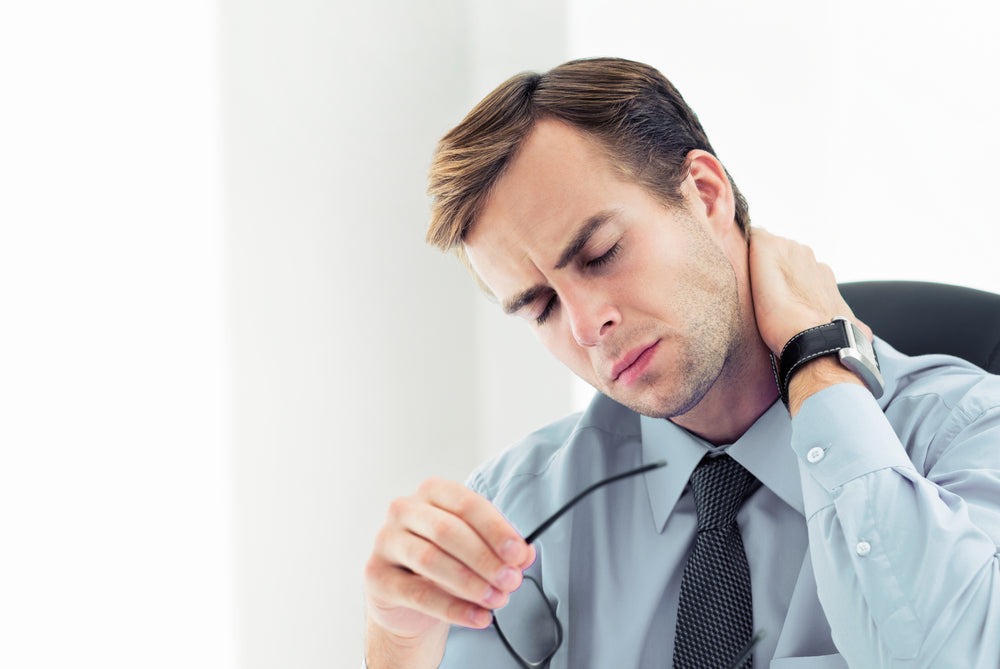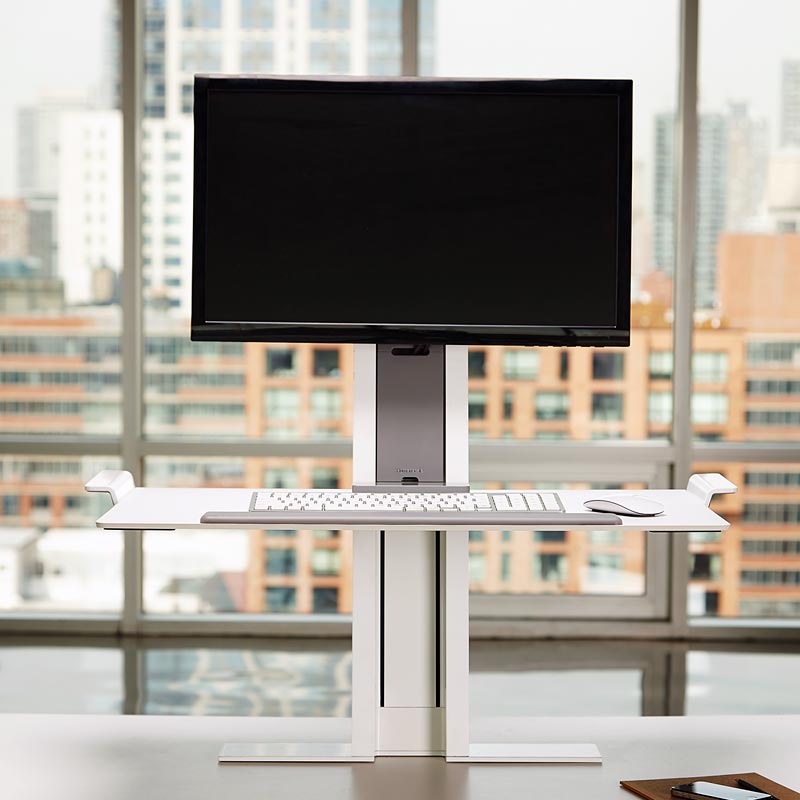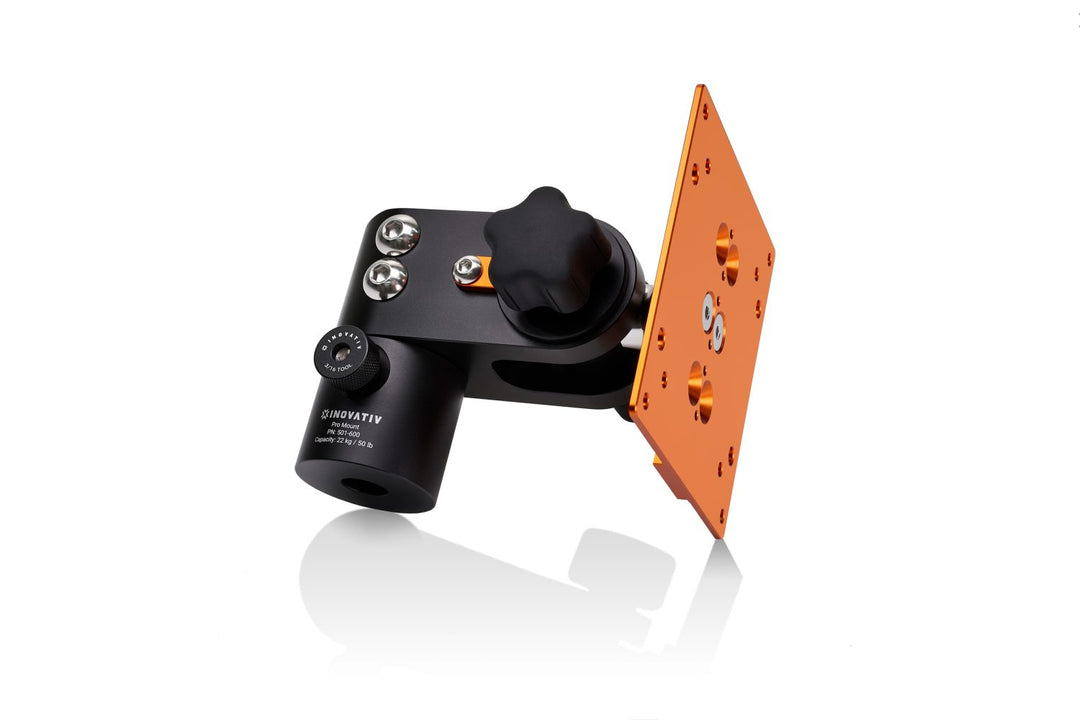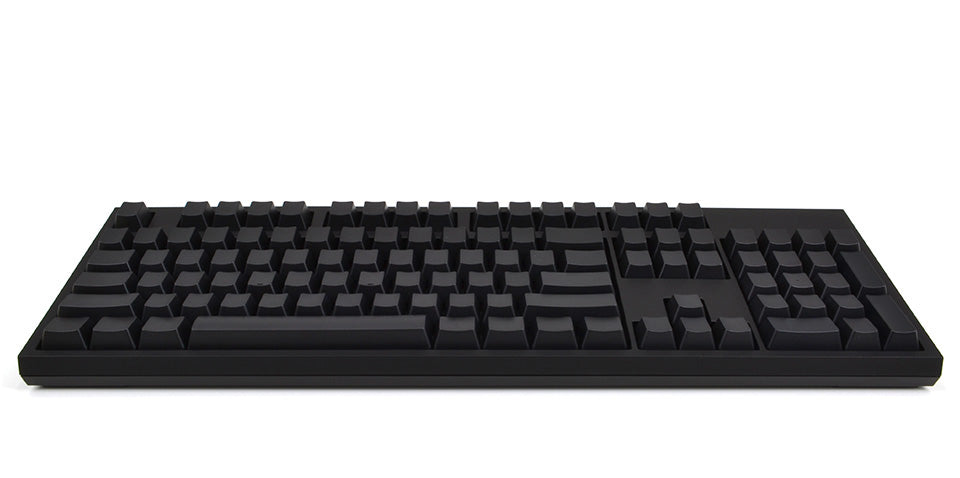Sick of wrist pain and discomfort from endless typing sessions? Learn the solutions to 7 keyboard tray problems and unleash your most productive self.
If you're like most computer users, you know the pain and strain of endless typing sessions all too well. Fortunately, keyboard trays can be a game-changer for your comfort and productivity. But, as with any accessory, there can be some pesky problems that crop up. Fear not! In this article, we'll tackle the top 7 issues with keyboard trays and provide you with practical solutions. From ergonomic insights to savvy installation tips and accessory recommendations, we've got you covered. Say goodbye to discomfort and hello to your most productive self!
Picture this: you're sitting at your computer, typing away, and suddenly you feel a twinge in your wrist or a cramp in your shoulder. It's a common problem and one that often stems from improper ergonomics. Keyboard trays, while designed to adjust to your unique needs, can be tricky to set up correctly. If your keyboard is too high or too low, you could be setting yourself up for a world of pain (and not the good kind). Over time, this strain can lead to injuries that can seriously impact your work and life. Don't suffer in silence! In this article, we'll explore the ins and outs of ergonomic keyboard tray setup, so you can work pain-free and be your best self.
Say Goodbye to Pain: Tackling Problem #1 - Improper Ergonomics
Does your keyboard tray sometimes feel like more trouble than it's worth? You're not alone. Improper ergonomics is one of the biggest headaches for keyboard tray users. Sure, these accessories are designed to be customizable, but figuring out the perfect height and angle can be a real pain in the neck (and shoulders, and wrists). The thing is, when your keyboard is positioned too high or too low, it can seriously mess with your body mechanics. Before you know it, you're in pain and potentially even dealing with long-term injuries. But don't give up on your keyboard tray just yet! In the next section, we'll show you how to get the most out of this accessory and work pain-free.
Finding Your Perfect Fit: The Key to Comfort and Health - Adjusting Your Keyboard Tray Height and Angle

Are you tired of feeling like you need a massage after a long day at your computer? It's time to take control of your ergonomics! Adjusting the height and angle of your keyboard tray is key to preventing discomfort and pain. To get started, make sure that your forearms are parallel to the ground and your wrists are in a neutral position. Keep those elbows relaxed at your sides and say goodbye to hunching over your keyboard. And, if you're really serious about improving your posture, look for a keyboard tray with an adjustable tilt feature. Trust us, your wrists will thank you!
Ouch! Problem #2 - Wrist Pain from Typing: How Keyboard Trays Can Save Your Wrists
Are you tired of feeling like you need to shake out your wrists after every typing session? Wrist pain is a common issue for keyboard tray users and it's not something to take lightly. When your keyboard is set at the wrong angle or height, it can cause a whole host of issues for your poor wrists. From minor discomfort to more serious injuries, typing can take a real toll. But fear not, there's hope! In the next section, we'll show you how to use your keyboard tray to protect your wrists and type with ease.
Rest Easy: The Solution to Wrist Pain - Using a Keyboard Tray with a Built-in Wrist Rest
Workrite Banana board Keyboard Tray Model 2128-22
Are your wrists crying out for help? It's time to give them some TLC with a built-in wrist rest! When you spend hours typing away, it's easy to forget just how hard your wrists are working. But the strain can really add up over time, leading to pain and even injuries. Luckily, a keyboard tray with a built-in wrist rest can be a game-changer. Not only will it help reduce the strain on your wrists, but it can also help you type with more precision and ease. So, what are you waiting for? Treat your wrists to some well-deserved support and comfort with a padded wrist rest that's perfect for you.
Find out more on how to avoid common hand or wrist Injuries.
Installing a Keyboard Tray: A Major Pain in the Butt - Problem #3 and How to Overcome It
Let's be real: installing a keyboard tray can be a real pain in the you-know-what. If you're not exactly a DIY guru or if you're working with limited space, the thought of installing a new accessory can be pretty daunting. But here's the thing: a wonky, unstable keyboard tray is the last thing you want when you're trying to focus on work. Not only is it frustrating, but it could also be downright dangerous. So, what's a non-handy person to do? In the next section, we'll give you some practical tips and tricks for pain-free keyboard tray installation, so you can get back to typing in comfort and safety.
Don't Be a Tool: The Hilarious (Yet Effective) Solution to Installing a Pain in the Butt Keyboard Tray - Follow the Instructions!

Let's face it, no one wants to be stuck in a DIY nightmare when they're trying to improve their workspace. But if you're serious about making your keyboard tray work for you, you've got to take installation seriously. Before you even start, make sure you've got all the tools and hardware you need to get the job done right. And for the love of all that is good in this world, don't rush through the process! Take it slow, read the instructions carefully, and don't be afraid to ask for help if you need it. Heck, if you're feeling really stuck, you could even try consulting the manufacturer's website or customer service team for assistance (just don't blame us if they give you a hard time). So, get your DIY pants on, grab a cup of coffee (or a glass of wine), and let's get to work!
You can also check the best keyboard trays for more information.
Warning! Problem #4 - Repetitive Strain Injury: How Your Keyboard Tray Could Be the Culprit of Your Pain
Are you feeling the burn? Repetitive strain injury is no joke, especially for those of us who spend hours typing away at a computer. It can feel like your hands, wrists, and forearms are on fire, leaving you with pain, numbness, and tingling that just won't quit. And let's face it, working comfortably is pretty much out of the question. But what if we told you that your trusty keyboard tray could be the culprit of all this pain and discomfort? In the next section, we'll show you how to keep RSI at bay with some simple (and fun!) tips and tricks that will make a world of difference. Get ready to say goodbye to pain and hello to productivity!
Don't Be a Hero: Solution to Repetitive Strain Injury - Taking Breaks and Using Keyboard Tray Accessories!
Listen up, folks! If you want to keep RSI from taking over your life, you've got to take some serious action. And no, we don't mean just popping some painkillers and soldiering on like a hero. The truth is, preventing RSI takes some good old-fashioned common sense. First up, take frequent breaks throughout the day. Yes, we know it's hard to tear yourself away from your work, but trust us, your hands and wrists will thank you. And while you're at it, why not throw in some keyboard tray accessories to really take things up a notch? We're talking about a mouse platform that positions your mouse at the same height as your keyboard (no more twisting and reaching!) and an adjustable keyboard tray that can be tilted to reduce wrist strain. It's time to be a hero to your body and give it the support it needs to keep you typing like a boss.
Trapped! Problem #5 - Limited Workspace: How to Make Your Keyboard Tray Work for You When Space is Tight
Limited workspace can really put a damper on your productivity, especially when it comes to using a keyboard tray. If you're constantly on the move, whether it's from home to the office or just from one desk to another, a bulky keyboard tray can feel like a major inconvenience. And let's face it, frustration is not exactly the best fuel for a productive day. But don't give up hope just yet! In the next section, we'll show you how to choose a keyboard tray that fits your needs and your lifestyle, so you can work in comfort no matter where you are. Get ready to break free from the confines of a limited workspace and unleash your inner productivity beast!
Innovative Model 8209 – Flip-Up Keyboard Tray
Unleash Your Inner Road Warrior: The Solution to Limited Workspace Woes - Choosing a Compact and Portable Keyboard Tray
Ready to break free from the confines of limited workspace and low workplace ergonomics? It's time to channel your inner road warrior and get yourself a keyboard tray that can keep up with your on-the-go lifestyle! But not just any tray will do. You need something that's compact, portable, and won't weigh you down. Lucky for you, there are plenty of options out there that tick all those boxes and more. Look for a tray that's lightweight and slim, but still has all the functionality and adjustability you need to work comfortably. And if you're really serious about taking your tray on the road, why not go for one that comes with a carrying case? It's time to ditch the bulky, inconvenient accessories and embrace a keyboard tray that's as adaptable and adventurous as you are.
Too Hot to Handle: Problem #6 - Keyboard Trays and Heat
Have you ever noticed that your keyboard tray seems to radiate heat like a hot plate? It's not just your imagination! Keyboard trays can get hot, especially if your computer is working overtime. And while you might be tempted to ignore the heat, it can actually be a serious issue. Over time, the warmth can cause discomfort and even skin irritation. But don't worry, we've got a solution that will keep you cool as a cucumber. In the next section, we'll show you how to beat the heat and keep typing comfortably.
Cool as a Cucumber: The Solution to Overheating Keyboard Trays - Using a Ventilated Keyboard Tray
Are you feeling the heat? If your keyboard tray is starting to feel like a hot plate, it's time to invest in a ventilated tray. These accessories are designed to let air flow freely around your keyboard, which can help prevent heat buildup and keep your hands feeling cool and comfortable. Plus, they often come with other great features, like adjustable tilt and built-in wrist rests. So, if you're serious about improving your comfort and productivity, a ventilated keyboard tray might just be the solution you've been searching for.
Problem #7 - “Keyboard Trays Can Be Expensive”
If you're in the market for a high-quality computer keyboard tray, you may be surprised at the cost. Commercial-grade options can be quite expensive, with even the most basic mechanism starting at $204.99. And if you want a platform and mechanism that are easy to use, you'll need to spend even more.
Affordable Solutions for Quality Keyboard Trays
But don't worry, there are alternatives that won't break the bank. While low-cost options are available on Amazon and at big box stores, they may not offer the same level of quality and durability as commercial-grade products. At Jestik, we have customers who are still using keyboard systems they purchased from us 15 to 20 years ago. While they may need replacements for wrist supports and mouse pads, the track and mechanism are still going strong. Remember, you get what you pay for, and investing in a quality keyboard tray can save you money in the long run.
Don't Stop Me Now: The Hilarious Conclusion to Your Keyboard Tray Adventure!
And there you have it, folks! Keyboard trays may have their share of hiccups, but with a little bit of humor and some helpful tips, you can conquer any obstacle. Whether you're dealing with wrist pain, limited workspace, or workplace stress, there's a solution out there that's perfect for you. So, go ahead and adjust that tray to the perfect angle, treat your wrists to some much-needed support, and install that sucker like a pro. And if all else fails, just remember to take a break, grab a cup of coffee, and come back to it later. After all, you're a warrior in the world of keyboard trays - nothing can stop you now!
Frequently Asked Questions
What are some common issues with keyboard trays?
The most common issue with keyboard trays is improper ergonomics, which can cause pain and injuries over time. Other issues include wrist pain and difficulty with installation.
How can you adjust your keyboard tray for optimal comfort and health?
Adjusting the height and angle of your keyboard tray is key to preventing discomfort and pain. Make sure your forearms are parallel to the ground, your wrists are in a neutral position, and your elbows are relaxed at your sides.
How can keyboard trays save your wrists?
Wrist pain is a common issue for keyboard tray users, but using a keyboard tray with a built-in wrist rest can help reduce strain on your wrists and help you type with more precision and ease.
Is installing a keyboard tray difficult?
Installing a keyboard tray can be challenging for some users, but it's important to take the time to read the instructions carefully, use the right tools, and ask for help if needed to ensure a safe and comfortable setup.
How can keyboard trays improve productivity?
By providing a comfortable and ergonomic workspace, keyboard trays can help reduce pain and discomfort, leading to improved productivity and focus.












